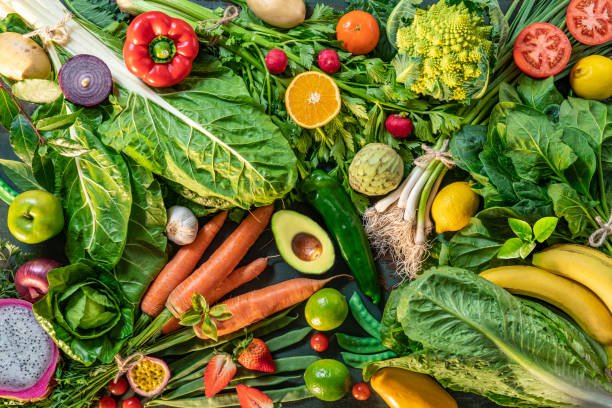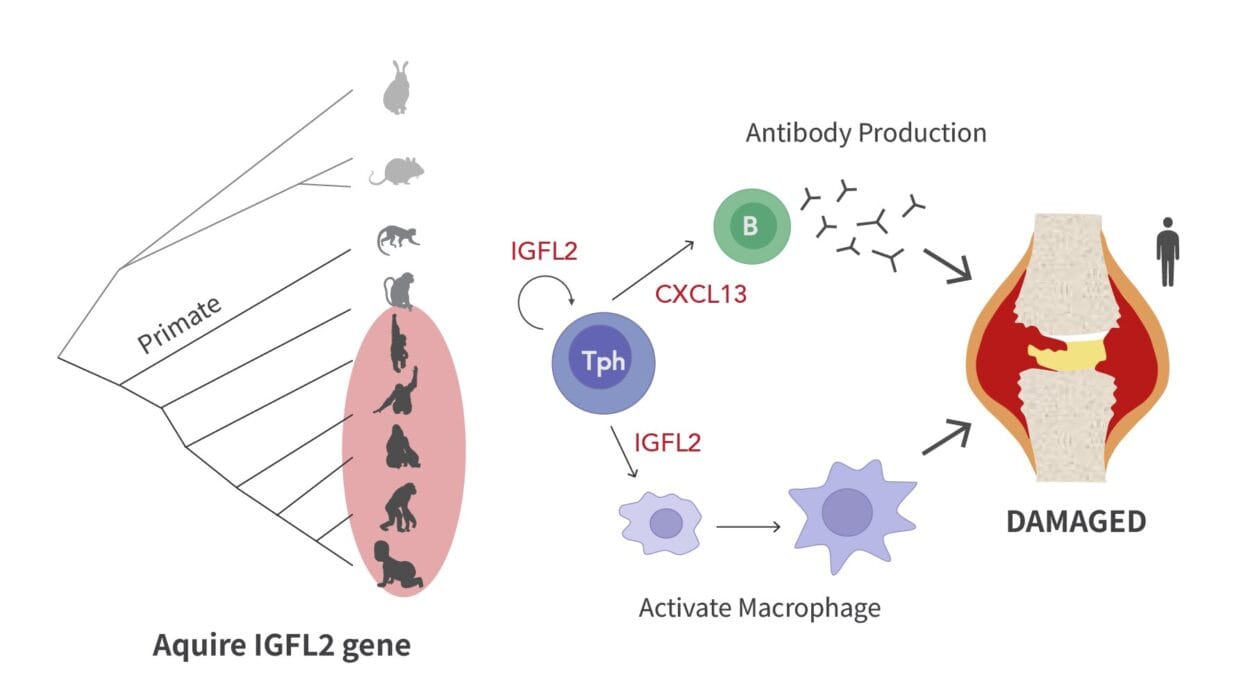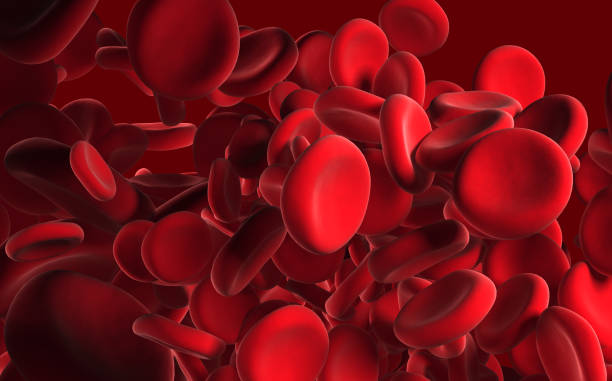Walk into any health food store, open a fitness magazine, or scroll through your social media feed, and you’ll quickly be hit with a barrage of advice about what you should or shouldn’t be eating. “Carbs are the enemy!” screams one influencer. “Fat is the real villain,” warns another. Meanwhile, a third swears by protein-packed everything. With so many conflicting messages, it’s easy to get confused, misled, or just plain fed up.
But beneath all the fad diets and clickbait headlines lies a simple truth: your body needs all three macronutrients—carbohydrates, fats, and proteins—to function, thrive, and survive. The key is not in vilifying one or exalting another but in understanding their roles, the quality of sources, and how to balance them for your unique needs.
This is not another guilt-driven diet lecture. This is the deep dive into the truth about carbs, fats, and protein—a complete guide for anyone tired of nutritional confusion and ready for real, science-backed clarity.
Carbohydrates: Friend, Foe, or Fuel?
Carbohydrates often get a bad rap. Thanks to low-carb diets like keto and Atkins, many people associate carbs with weight gain, blood sugar spikes, and sluggishness. But is it really that simple?
Carbs are your body’s primary and preferred source of energy. When you eat carbohydrates, your digestive system breaks them down into glucose, which your cells use for fuel. Your brain, muscles, and even your red blood cells rely on glucose to function properly. In fact, about 60% of the energy used by your body at rest comes from carbohydrates.
There are two main types of carbs: simple and complex. Simple carbs, like those found in soda, candy, and white bread, are quickly digested and cause rapid spikes in blood sugar. Complex carbs, like whole grains, fruits, legumes, and vegetables, are digested more slowly and provide steady energy along with fiber, vitamins, and minerals.
The real issue isn’t carbs themselves—it’s the type and quantity. The problem arises when people consume an abundance of refined carbs that offer little nutritional value. Think about donuts, sugary cereals, or sweetened beverages. These foods lack fiber and are rapidly absorbed, leading to quick energy followed by a crash.
On the other hand, whole-food sources of carbs like brown rice, quinoa, oats, sweet potatoes, and apples are nutrient-rich and essential for sustained energy, digestive health, and even mental clarity. Fiber, in particular, is a type of carbohydrate that doesn’t get digested, but it plays a crucial role in feeding beneficial gut bacteria, promoting satiety, and supporting metabolic health.
Carbs also have a role in athletic performance. During intense physical activity, carbohydrates are the body’s go-to source of fuel. Athletes who go too low on carbs often experience fatigue, poor performance, and slow recovery.
So, no—carbs are not your enemy. They are your energy, your fuel, and your friend when chosen wisely.
Fats: The Most Misunderstood Nutrient
If carbs are controversial, fats have been downright scandalized. For decades, fat was blamed for everything from obesity to heart disease. Low-fat yogurts, low-fat snacks, and fat-free everything dominated grocery store shelves. Yet during this time, rates of obesity and chronic illness continued to climb.
It turns out, fat isn’t the villain it was once thought to be. In fact, fats are essential for life. Every cell in your body has a membrane made of fat. Your brain is nearly 60% fat. Fats help you absorb fat-soluble vitamins like A, D, E, and K. They produce important hormones, protect your organs, and help regulate body temperature.
There are several types of fat, and not all are created equal. Saturated fats, found in foods like butter, cheese, and red meat, were long thought to be harmful, but newer research suggests their impact may depend on the overall context of the diet. Trans fats, on the other hand, which are found in partially hydrogenated oils, are universally harmful and linked to increased risk of heart disease, inflammation, and even cancer.
Then there are the heart-healthy unsaturated fats: monounsaturated and polyunsaturated fats. Monounsaturated fats are found in olive oil, avocados, and nuts, while polyunsaturated fats include omega-3 and omega-6 fatty acids found in fatty fish, flaxseeds, walnuts, and sunflower seeds. These fats support heart health, reduce inflammation, and play vital roles in brain function.
Omega-3 fats, in particular, have been linked to improved mood, reduced anxiety, and even better cognitive performance. That’s no surprise, considering the brain’s high fat content and dependence on essential fatty acids for structure and signaling.
So, should you avoid fat? Absolutely not. The key is to avoid trans fats, limit highly processed foods, and embrace healthy fats from whole food sources. Fat is not just allowed in your diet—it’s necessary.
Protein: The Building Blocks of Life
Protein has enjoyed a surge of popularity in recent years. From gym-goers chugging protein shakes to high-protein diet trends like paleo, keto, and carnivore, it seems everyone is singing the praises of this macronutrient. And with good reason.
Protein is made up of amino acids, the building blocks your body uses to build and repair tissue. Muscles, bones, skin, enzymes, hormones, and even your immune system depend on protein to function. Unlike fat and carbohydrates, your body doesn’t store excess amino acids, so you need to get enough protein regularly through your diet.
Not all proteins are equal. Complete proteins contain all nine essential amino acids and are typically found in animal sources like meat, eggs, and dairy. Plant-based sources like beans, lentils, and grains often lack one or more essential amino acids, but combining them (like rice and beans) can provide a complete amino acid profile.
How much protein do you really need? That depends on your age, activity level, and goals. The Recommended Dietary Allowance (RDA) is 0.8 grams per kilogram of body weight, but many experts suggest that active individuals or older adults may benefit from 1.2 to 2.0 grams per kilogram. For someone lifting weights, recovering from injury, or trying to lose weight while maintaining muscle mass, more protein is often beneficial.
Protein is also highly satiating, meaning it helps you feel full longer. This makes it a valuable tool for those trying to control appetite and reduce calorie intake. Moreover, the thermic effect of food—the energy required to digest and metabolize nutrients—is highest for protein. Your body burns more calories digesting protein than it does for carbs or fats.
Despite its benefits, excess protein isn’t always better. More isn’t necessarily optimal. Consuming massive amounts beyond what your body needs doesn’t equate to more muscle or better health. It may just burden your kidneys or add unnecessary calories. Balance is key.
The Synergy of Macronutrients
Carbs, fats, and protein don’t work in isolation. They operate in synergy, supporting each other to fuel your body, build tissue, and maintain health. Imagine a car: carbohydrates are the fuel, fats are the oil that keeps the engine parts moving smoothly, and protein is the frame and structure of the vehicle.
When you eat a balanced meal containing all three macronutrients, your body functions optimally. Carbs provide immediate energy, fats offer sustained energy and support hormonal health, and protein repairs and builds tissue. A combination of all three helps stabilize blood sugar, support metabolism, and keep you satisfied.
For instance, pairing protein with complex carbs slows down digestion, leading to more stable blood sugar levels. Adding healthy fats to a salad not only enhances flavor but also improves the absorption of fat-soluble vitamins. This is why dietary diversity matters—each macronutrient plays a unique and essential role.
The Myth of Macronutrient Villains
Over the years, each macronutrient has taken its turn in the hot seat. In the 1980s and 1990s, fat was the enemy. Then carbs took the fall. Now, some ultra-low-carb or high-protein advocates even question the role of moderate carbs or plant fats. But nutrition is not black and white. It’s not about labeling nutrients as “good” or “bad” but understanding context, quality, and quantity.
Highly processed foods, often rich in refined carbs and unhealthy fats, are the true culprits behind many modern health issues—not whole grains, avocados, or lean proteins. A donut, for instance, is not unhealthy solely because it has carbs or fats. It’s the combination of refined flour, added sugars, trans fats, and lack of fiber or nutrients that make it problematic.
Whole foods, on the other hand, bring balance. An apple has natural sugars but also fiber and antioxidants. Salmon contains fat but also omega-3s and protein. Eggs, once demonized, are now recognized for their nutrient density.
The real enemy is not carbs, fats, or protein—it’s misinformation.
Tailoring Macronutrients to Your Lifestyle
There’s no one-size-fits-all approach to macronutrients. Your ideal balance depends on your age, activity level, health goals, and even genetics. A marathon runner may need more carbs for fuel. A sedentary office worker may thrive on a lower-carb, higher-protein plan. Someone with insulin resistance may benefit from moderating carb intake. A growing teen will need more protein and calories than a 70-year-old retiree.
Listening to your body is crucial. Are you constantly tired? You might need more complex carbs. Struggling with dry skin or hormonal issues? You may need more healthy fats. Not recovering well from workouts? Consider boosting your protein intake.
Tracking your macronutrient intake, even briefly, can help reveal imbalances. Tools like food journals or apps can provide insight into patterns and help you experiment with adjustments. Over time, you’ll learn what makes you feel energized, focused, and satisfied.
The Role of Timing and Portioning
It’s not just about what you eat but when and how much. Eating too much of any macronutrient—whether carbs, fats, or protein—can lead to weight gain and metabolic issues. Spacing meals evenly throughout the day can help manage hunger, energy, and blood sugar.
Pre- and post-workout nutrition also matter. Consuming a mix of protein and carbs before exercise can fuel performance, while eating protein afterward aids in muscle recovery. Eating fat with your evening meal may help promote satiety and support hormone regulation during sleep.
Small tweaks in timing and portioning can lead to big improvements in energy, mood, and overall health.
Mindful Eating and Macronutrient Quality
In a world of fast food and endless snacking, mindful eating has become a lost art. Slowing down, savoring your food, and paying attention to hunger and fullness cues can improve your relationship with food and enhance digestion.
Quality matters just as much as quantity. Not all carbs, fats, or proteins are created equal. Aim for whole, minimally processed sources:
- For carbs: choose sweet potatoes, oats, fruits, and legumes over sugar-laden cereals and white bread.
- For fats: opt for avocados, olive oil, and nuts instead of margarine and processed seed oils.
- For protein: favor eggs, lentils, chicken, and fish over processed meats and salty deli slices.
By choosing foods in their most natural state, you give your body the nutrients it needs without the additives, preservatives, and sugars that cloud modern diets.
Conclusion: The Harmony of Nutrients
Carbs, fats, and protein are not rivals—they are teammates. Each plays a crucial role in your health, energy, and well-being. Rather than fearing or favoring one over the others, the goal is balance, variety, and quality.
Nutrition is not about dogma or deprivation. It’s about nourishing your body, supporting your goals, and enjoying the process. Once you understand the truth about the big three macronutrients, you can make choices that fuel not only your physical body but your life.
So the next time someone tells you carbs are the enemy or fat makes you fat or protein is only for bodybuilders, smile and know better. Because now, you know the truth.






